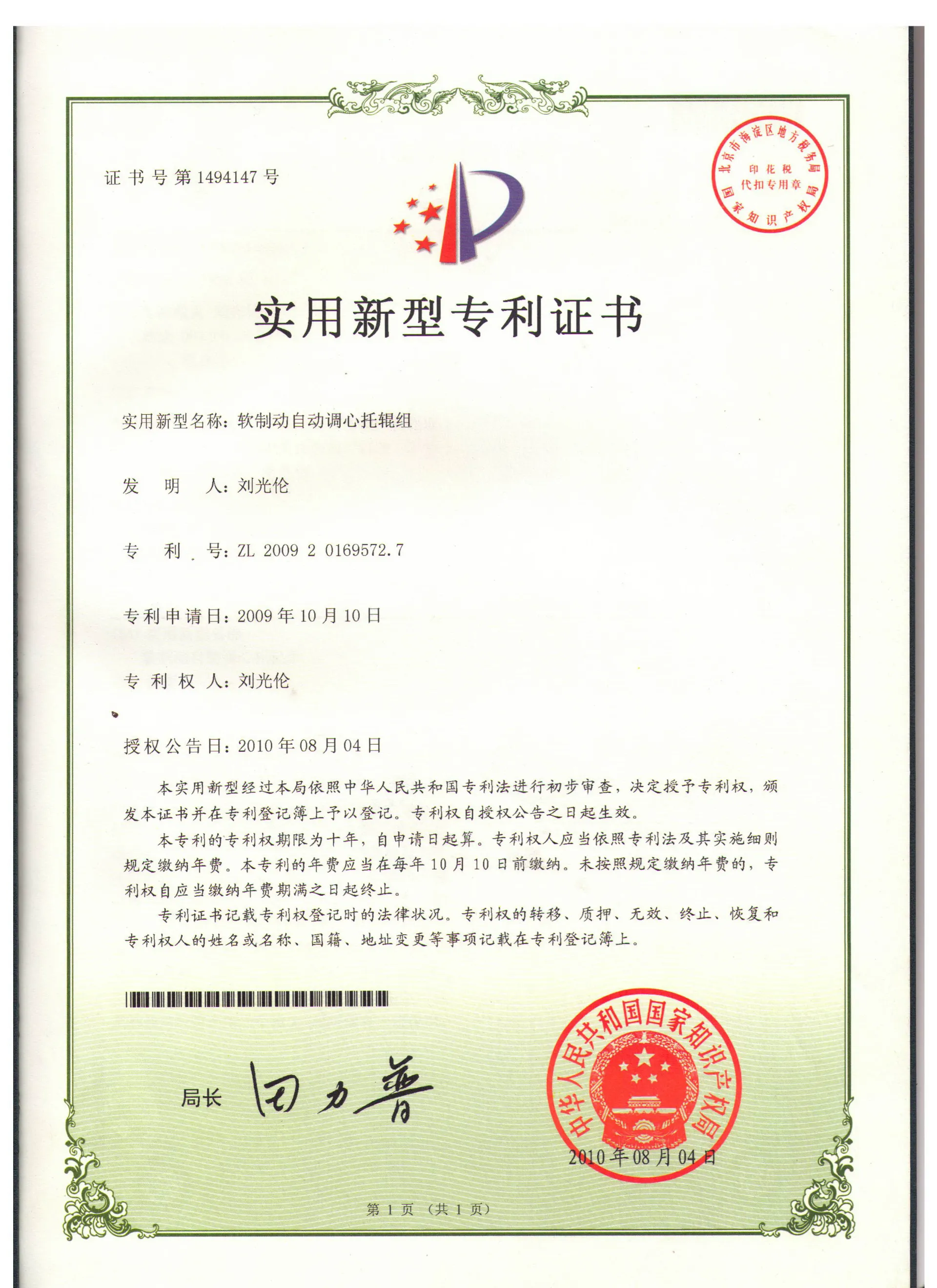 Afrikaans
Afrikaans  Albanian
Albanian  Amharic
Amharic  Arabic
Arabic  Armenian
Armenian  Azerbaijani
Azerbaijani  Basque
Basque  Belarusian
Belarusian  Bengali
Bengali  Bosnian
Bosnian  Bulgarian
Bulgarian  Catalan
Catalan  Cebuano
Cebuano  Corsican
Corsican  Croatian
Croatian  Czech
Czech  Danish
Danish  Dutch
Dutch  English
English  Esperanto
Esperanto  Estonian
Estonian  Finnish
Finnish  French
French  Frisian
Frisian  Galician
Galician  Georgian
Georgian  German
German  Greek
Greek  Gujarati
Gujarati  Haitian Creole
Haitian Creole  hausa
hausa  hawaiian
hawaiian  Hebrew
Hebrew  Hindi
Hindi  Miao
Miao  Hungarian
Hungarian  Icelandic
Icelandic  igbo
igbo  Indonesian
Indonesian  irish
irish  Italian
Italian  Japanese
Japanese  Javanese
Javanese  Kannada
Kannada  kazakh
kazakh  Khmer
Khmer  Rwandese
Rwandese  Korean
Korean  Kurdish
Kurdish  Kyrgyz
Kyrgyz  Lao
Lao  Latin
Latin  Latvian
Latvian  Lithuanian
Lithuanian  Luxembourgish
Luxembourgish  Macedonian
Macedonian  Malgashi
Malgashi  Malay
Malay  Malayalam
Malayalam  Maltese
Maltese  Maori
Maori  Marathi
Marathi  Mongolian
Mongolian  Myanmar
Myanmar  Nepali
Nepali  Norwegian
Norwegian  Norwegian
Norwegian  Occitan
Occitan  Pashto
Pashto  Persian
Persian  Polish
Polish  Portuguese
Portuguese  Punjabi
Punjabi  Romanian
Romanian  Russian
Russian  Samoan
Samoan  Scottish Gaelic
Scottish Gaelic  Serbian
Serbian  Sesotho
Sesotho  Shona
Shona  Sindhi
Sindhi  Sinhala
Sinhala  Slovak
Slovak  Slovenian
Slovenian  Somali
Somali  Spanish
Spanish  Sundanese
Sundanese  Swahili
Swahili  Swedish
Swedish  Tagalog
Tagalog  Tajik
Tajik  Tamil
Tamil  Tatar
Tatar  Telugu
Telugu  Thai
Thai  Turkish
Turkish  Turkmen
Turkmen  Ukrainian
Ukrainian  Urdu
Urdu  Uighur
Uighur  Uzbek
Uzbek  Vietnamese
Vietnamese  Welsh
Welsh  Bantu
Bantu  Yiddish
Yiddish  Yoruba
Yoruba  Zulu
Zulu Effective Solutions for Conveyor Return Idler Design and Maintenance Strategies
The Importance of Conveyor Return Idlers in Material Handling Systems
In various industries, conveyor systems play a pivotal role in the efficient transport of materials and products. Whether in manufacturing, mining, or logistics, the need for robust and reliable conveyors is undeniable. One critical component that ensures the smooth operation of these systems is the conveyor return idler. This article delves into the significance of return idlers, their function, design considerations, and the impact they have on the overall efficiency of material handling systems.
Understanding Conveyor Return Idlers
Conveyor return idlers are cylindrical rollers located beneath the return section of a conveyor belt. Their primary function is to support the weight of the belt and the materials it carries, ensuring a stable and continuous transport system. As the belt returns to the loading point, it travels over these idlers, which help maintain its alignment and prevent sagging.
Return idlers also reduce friction between the belt and the conveyor frame, allowing for smoother movement. By supporting the belt effectively, they help in prolonging its lifespan and maintaining the efficiency of the conveyor system.
Key Functions and Benefits
1. Load Distribution Return idlers distribute the weight of the returning belt over a larger area, minimizing stress on any single point. This load distribution is crucial in preventing damage to the belt and other components of the conveyor system.
2. Belt Alignment Proper alignment of the conveyor belt is essential for preventing issues such as mistracking, which can lead to excessive wear and tear. Return idlers play a key role in keeping the belt centered, ensuring it operates smoothly along its designated path.
3. Reduced Friction By providing a smooth surface for the belt to glide over, return idlers reduce friction and wear. This lower resistance allows for more efficient motor performance and results in energy savings over time.
4. Maintenance Convenience Many modern conveyor systems are designed for easy access and maintenance of their components. Return idlers can often be removed and replaced without the need for extensive disassembly, facilitating quicker maintenance and reducing downtime.
conveyor return idler

5. Versatile Applications Return idlers can be used in a variety of applications, including bulk handling systems, industrial conveyor belts, and logistical transport systems. Their versatility makes them an essential component across many industries.
Design Considerations
When designing conveyor return idlers, several factors need to be taken into account to ensure their effectiveness
- Material Selection The materials used in the construction of return idlers significantly affect their durability and performance. Common materials include steel and rubber, which are chosen for their strength and resistance to wear.
- Roller Diameter The diameter of the rollers influences the idler’s ability to support varying belt sizes and weights. Selecting the appropriate diameter is crucial for ensuring that the idler can handle the intended load without failure.
- Spacing Proper spacing between return idlers is vital to maintain the correct tension in the belt and to prevent sagging. Industry standards often dictate the ideal distance between idlers, helping engineers create reliable and efficient conveyor systems.
- Environmental Conditions Return idlers may be exposed to harsh conditions, including dust, moisture, and temperature extremes. Designing idlers that can withstand these conditions is essential for long-term performance.
Conclusion
Conveyor return idlers are a fundamental part of material handling systems, contributing significantly to the efficiency, reliability, and longevity of conveyor belts. Their role in load distribution, belt alignment, and friction reduction cannot be overstated. As industries continue to demand increased efficiency and reliability from their conveyor systems, the importance of understanding and optimizing conveyor return idlers will only grow.
Investing in high-quality return idlers, selecting the right materials, and adhering to design best practices are essential steps in ensuring that conveyor systems can meet the rigorous demands of modern material handling. By prioritizing these components, businesses can enhance their operational efficiency, reduce maintenance costs, and ultimately improve their bottom line.
-
Revolutionizing Conveyor Reliability with Advanced Rubber Lagging PulleysNewsJul.22,2025
-
Powering Precision and Durability with Expert Manufacturers of Conveyor ComponentsNewsJul.22,2025
-
Optimizing Conveyor Systems with Advanced Conveyor AccessoriesNewsJul.22,2025
-
Maximize Conveyor Efficiency with Quality Conveyor Idler PulleysNewsJul.22,2025
-
Future-Proof Your Conveyor System with High-Performance Polyurethane RollerNewsJul.22,2025
-
Driving Efficiency Forward with Quality Idlers and RollersNewsJul.22,2025





























